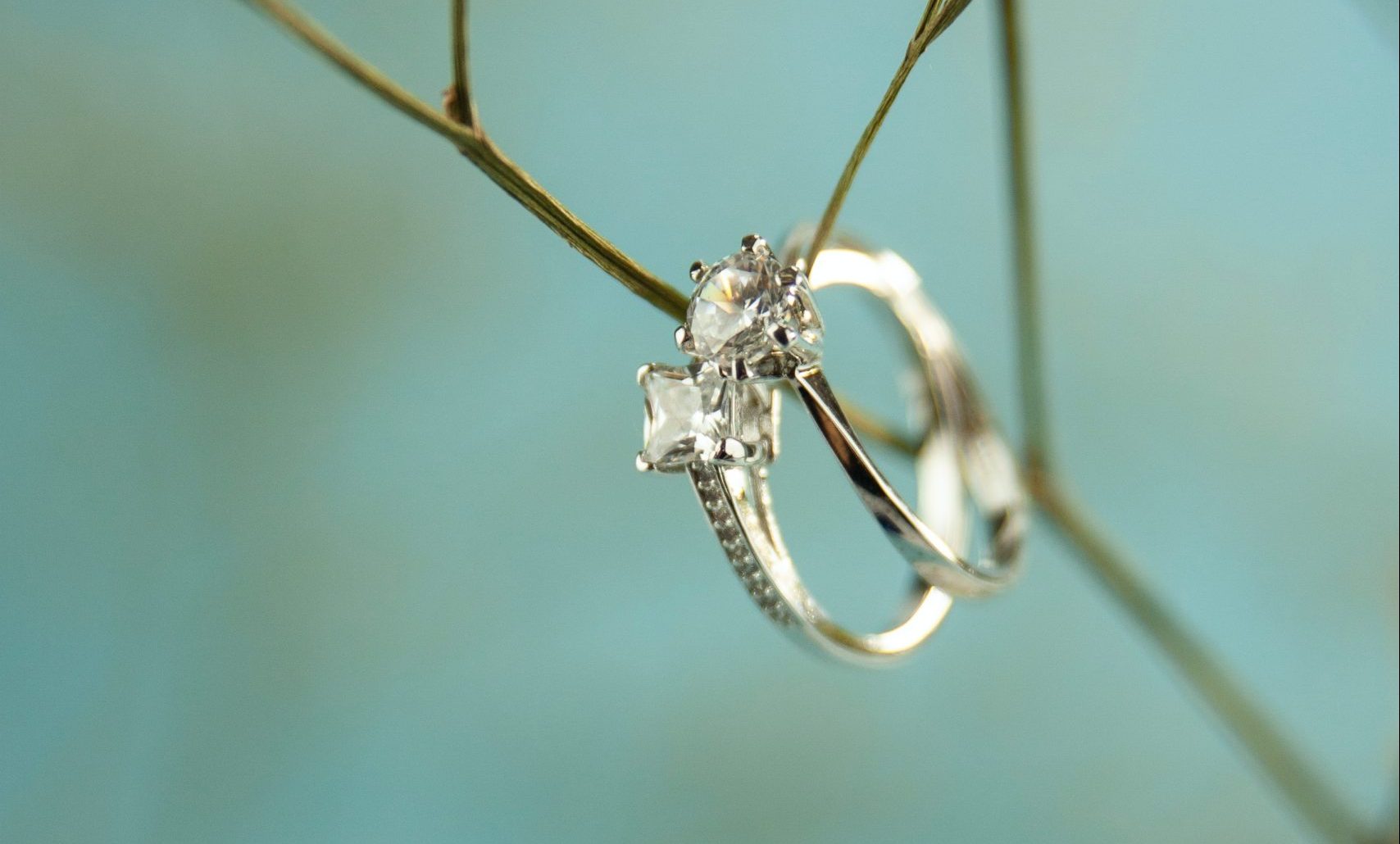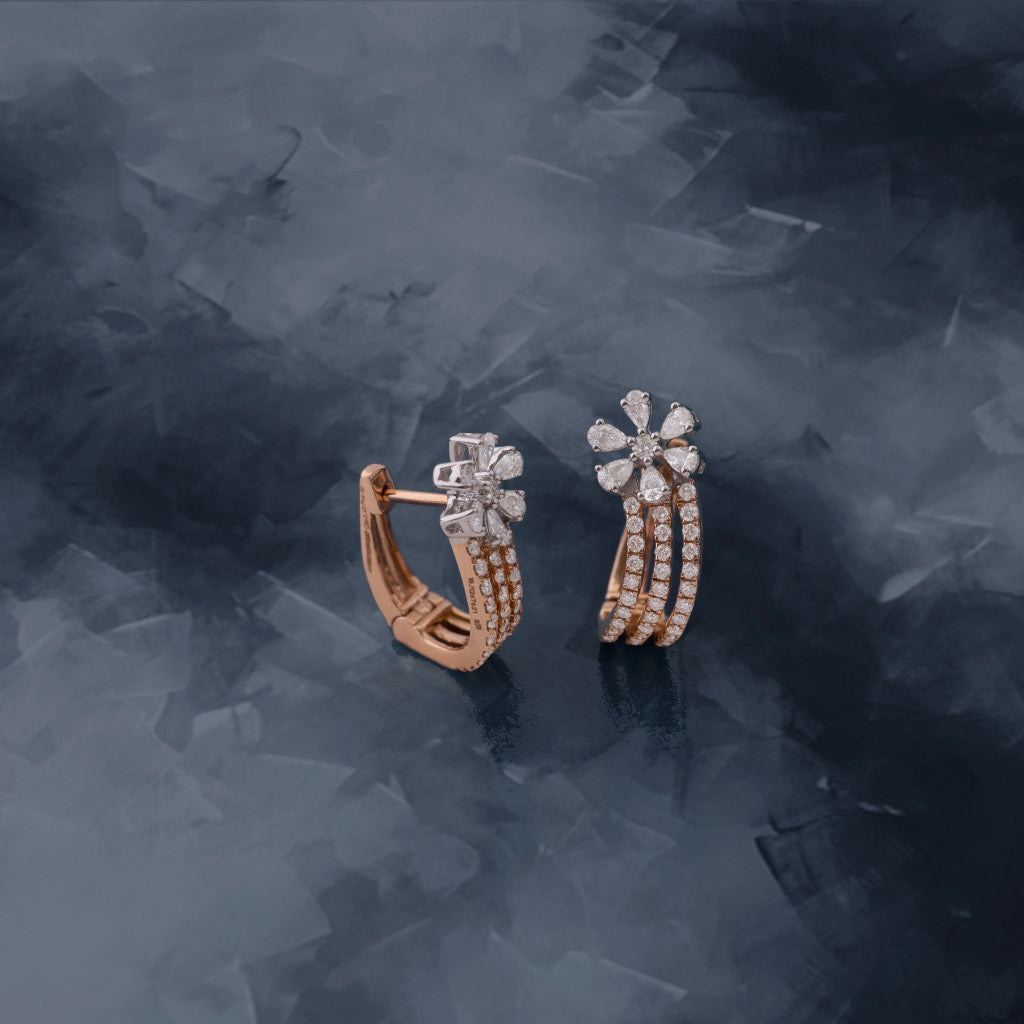
Lab-Grown Diamonds, also known as synthetic or man-made diamonds, are created in laboratories using advanced technological processes that mimic the natural conditions under which diamonds form deep inside the Earth. These diamonds have the same physical, chemical, and optical properties as natural diamonds, making them virtually identical. However, they are created in a controlled environment, allowing for more sustainable and affordable diamond production.
How Are Lab Diamonds Made?
Composicion de diamantes de laboratorio are made through two main processes: High Pressure High Temperature (HPHT) and Chemical Vapor Deposition (CVD). Both methods use carbon atoms to form diamonds, but the way these carbon atoms are arranged differs slightly depending on the technique.
The HPHT process involves recreating the high pressure and temperature conditions found in the Earth’s mantle. A small diamond seed is placed in a chamber with carbon, and the temperature and pressure are raised to levels that allow the carbon atoms to crystallize around the seed, forming a diamond.
The CVD process, on the other hand, uses a gas mixture, typically containing hydrogen and methane, which is heated until the gases break down and deposit carbon onto a substrate. This method is more precise and allows for the growth of diamonds layer by layer.
Are Lab Diamonds the Same as Natural Diamonds?
Yes, lab diamonds are chemically and physically the same as natural diamonds. They are made of pure carbon and have the same crystal structure, which is what gives diamonds their hardness and brilliance. Lab diamonds can also be graded using the same standards as natural diamonds, such as the 4Cs—cut, color, clarity, and carat weight.
For a wide range of high-quality man made diamonds, be sure to visit novitadiamonds.es — your trusted destination for beautiful, ethical diamonds. Click the link and discover your perfect diamond today!
Although lab diamonds are identical to natural diamonds in their composition, they differ in their origin. Natural diamonds take millions of years to form under extreme heat and pressure deep within the Earth, whereas lab diamonds are produced in a matter of weeks in a laboratory setting.
Advantages of Lab Diamonds
One of the main advantages of lab diamonds is that they are more affordable than natural diamonds. Since they can be produced in a controlled environment, lab diamonds are often less expensive due to lower production costs. Additionally, lab diamonds are considered more environmentally friendly because they do not require the extensive mining processes that can harm ecosystems and communities.
Another advantage of lab diamonds is that they can be produced with fewer impurities, giving them high clarity and quality. Buyers can often get a larger, higher-quality diamond for the same price compared to a natural diamond.
Conclusion
In conclusion, lab diamonds are an excellent alternative to natural diamonds. They are made from the same carbon material and have identical physical properties. With the ability to create diamonds in a lab setting, they offer an ethical, affordable, and sustainable option for consumers. Whether for engagement rings, jewelry, or other applications, lab diamonds are becoming a popular choice due to their quality, affordability, and minimal environmental impact.


